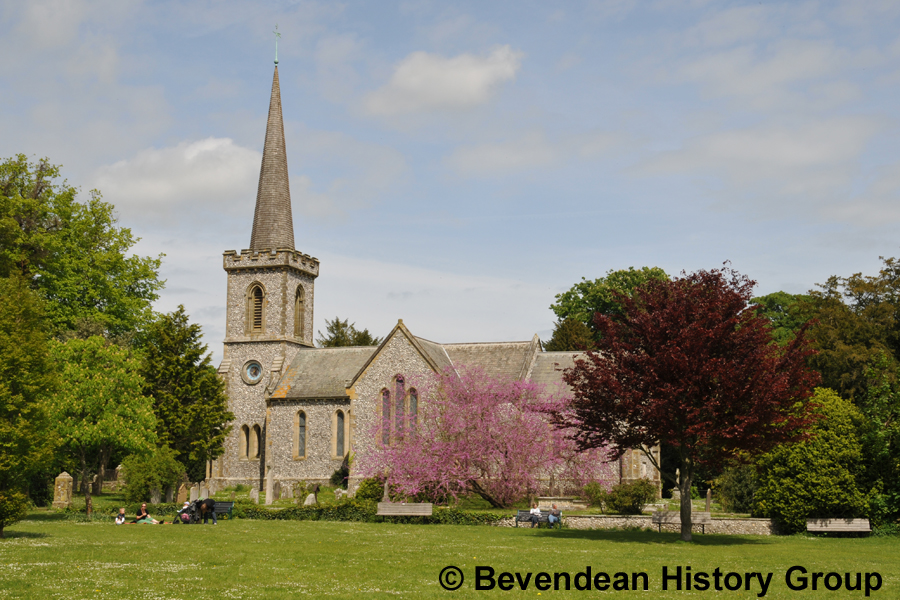
Bevendean History Project

Stanmer Village and ParkThe
houses of the village were once sited in the paddock opposite the
stores where the outlines of the foundations may still be seen in hot
dry weather. The present houses were mainly erected in the 18th century
as a new estate village by the earls of Chichester. The village houses
and the farm house are now listed buildings. There are also a number of
farm buildings some of which have flint walls and there is a long
weather-boarded barn thought to date from the 18th century or earlier.

The houses were damaged during the military occupation of WWII, but later restored by the Brighton Corporation.
The village contains a church built in 1838 at a cost of £14,000 by the 3rd Earl of Chichester, Henry Thomas Pelham to replace a 14th century church which was destroyed by fire. The church was later enlarged when a west gallery was added. The church is now a Grade II listed building, but was declared redundant in 2008.
The village contains a church built in 1838 at a cost of £14,000 by the 3rd Earl of Chichester, Henry Thomas Pelham to replace a 14th century church which was destroyed by fire. The church was later enlarged when a west gallery was added. The church is now a Grade II listed building, but was declared redundant in 2008.

The village pond is lined with large sarsen stones which may account for the name of Stanmer which means stony pond.
Near the church is an ancient flint well house which was rebuilt about the same time as the church. It houses a 13 foot diameter donkey treadmill.
Near the church is an ancient flint well house which was rebuilt about the same time as the church. It houses a 13 foot diameter donkey treadmill.

In 1800 Stanmer Park covered some 1073 acres and the estate included
another 414 acres of Downland used for farming. The estate also
included a number of areas of woodland some of which are filled with
bluebells in May.

